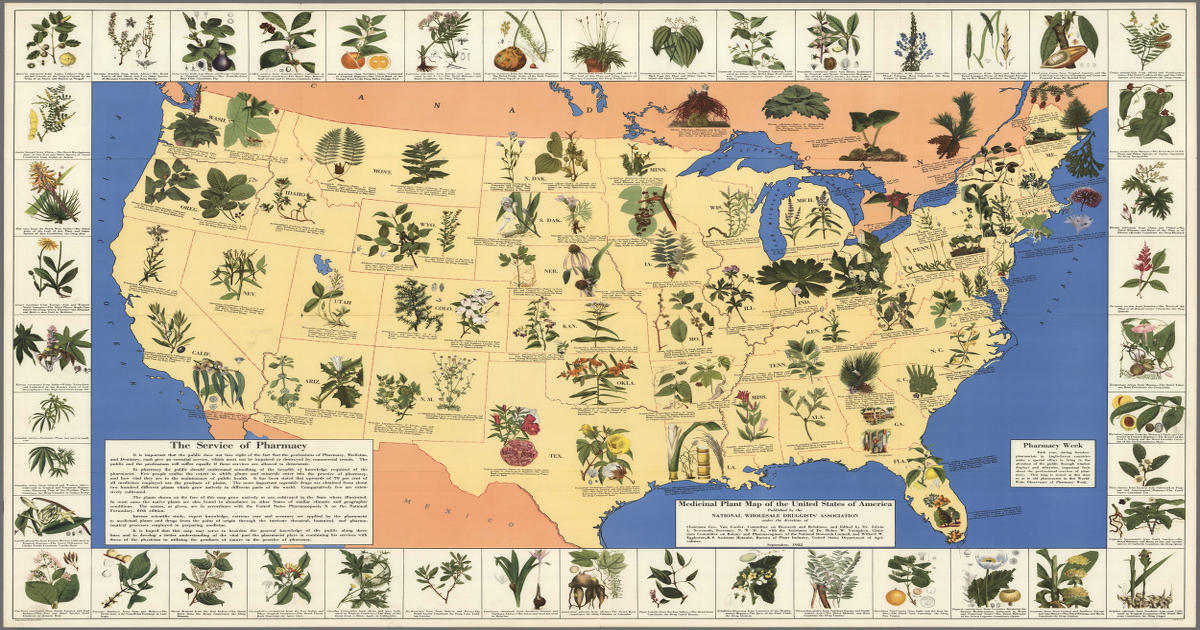Herbal medicine has become increasingly popular in this country, according to the following data:
- More than half of the adult population in the United States consumes some type of dietary supplement. (Griffith and Thompson, 1998).
- Since the DSHEA Act of 1994, an herbal product can be classified as a nutritional supplement, so, for this reason, many of the products bought as supplements do contain herbs in some form or another (herbal teas or infusions, extracts, essential oils, syrups, etc.) (Foster and Tyler, 2000; Robbers and Tyler, 2000; Miller and Murray, 1998).
- In 1996, Americans spent more than 6.5 billion dollars on dietary supplements. Some of these supplements may contain one or more herbs (Pierce 1999; Griffith and Thompson 1998).
- Sixty million adults spent 54 million dollars on herbal medicinals in 1997 alone (Karch, 1999).
- Sales of herbal products at the retail level increased from an estimate of 500 million dollars to approximately 5 billion dollars in 1999, more than double the amount compared to sales just two years before (Foster and Tyler 2000; Karch 1999).
- The growth of the herbal-supplement industry continues at approximately 30 % per year (Foster and Tyler, 2000).
- About one third of the adult U.S. population uses medicinal herbs as some form of alternative therapy (Foster and Tyler, 2000; Miller and Murray, 1998).
- Complementary and Alternative Medicine (CAM), which includes herbal therapy as one of its key components, has become an important source of health care for many people in the U.S. (Skidmore-Roth 2001; Pierce 1999). In a study conducted in a Boston hospital , the use of CAM increased 25% between 1990 and 1997 (Eisenberg, 1998).
- In a survey conducted between 1998 and 1999, about 49 % of American adults, some 100 million people, tried remedies from plants. Of these, 25 million individuals (24%) considered themselves regular medicinal herb consumers (Castleman, 2001).
- Conferences, books, magazines, courses and symposia related to phytotherapy and herbalism have increased substantially in recent years (Foster and Tyler, 2000).
- Pharmacognosy, the study of medicinal products from natural sources, is now being included in the curriculum some pharmacy schools and colleges in the United States (Foster and Tyler, 2000).
- Aside from herbal products purchased in stores or marketplaces, the trend known as “back to nature,” has also spurred the interest in foraging for edible or medicinal wild plants in many wilderness areas across the globe.
- Unfortunately, some of the plants and fungi (mushrooms) that may have medicinal or nutritional value can easily be confused with poisonous species by the inexperienced layperson. Because of this, cases of poisoning from wild plants and mushrooms occur in many countries each year (Piqueras, 1996).



